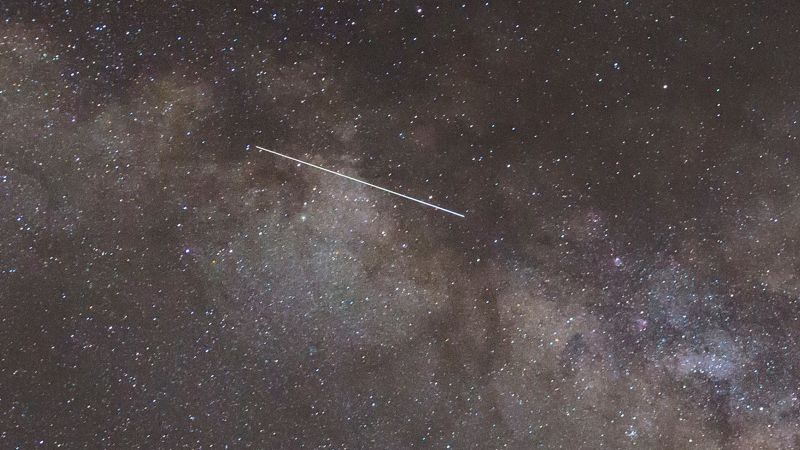
In a sky full of celestial wonders, nature presents us with a double feature this week as two meteor showers light up the night. The Southern Delta Aquarids and Alpha Capricornids are both reaching their peak, offering sky gazers an unforgettable spectacle. If that wasn't enough, the Perseids shower is gearing up for its mid-August peak and is considered one of the best shows of the year.
The Southern Delta Aquarids have been active since around July 18 and will reach their peak on the night between July 29 and 30. They are best seen in the Southern Hemisphere in the constellation Aquarius. The Alpha Capricornids have been active since July 7, peak between July 30 and 31, and can be viewed from both hemispheres in the constellation Capricorn.
Meteor showers occur when Earth passes through cometary debris fields and are best seen when they are at their peak. The Southern Delta Aquarids and Alpha Capricornids peaks overlap every year due to Earth's swing around the sun. So, grab a blanket, find a clear spot away from city lights, and enjoy this celestial extravaganza.
In addition to these showers, the Perseids meteor shower is preparing for its mid-August peak and is considered one of the best shows of the year. The Perseids are known for their bright meteors and are active from July 17 to August 24. This year, the peak evening will be on August 11.
Meteor showers are debris from comets and asteroids that Earth encounters annually. As these bits of space debris enter Earth's atmosphere, they burn up and create a dazzling display of shooting stars. To view the meteor showers, it is best to let your eyes adjust to the darkness for about 30 minutes and lie on your back while looking 45 degrees from the constellation Aquarius for the Southern Delta Aquarids, or constellation Capricornus for Alpha Capricornids. It's a great opportunity to connect with nature and witness a breathtaking display of celestial fireworks.
In conclusion, this week offers sky gazers an exceptional chance to witness not one, but two meteor showers. The Southern Delta Aquarids and Alpha Capricornids are both reaching their peak this week, providing a dazzling display of shooting stars. So, find a comfortable spot under the stars and enjoy the cosmic extravaganza.


